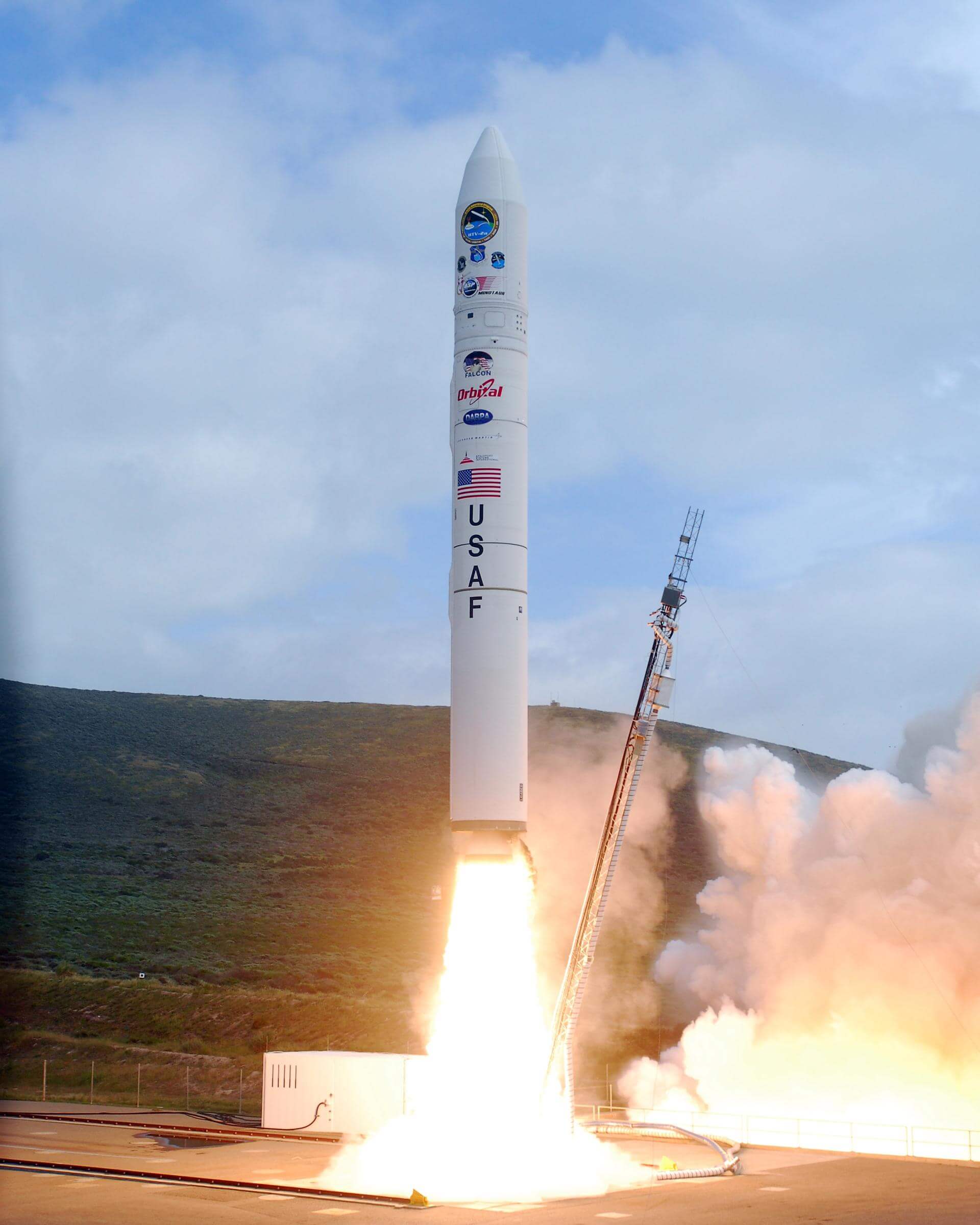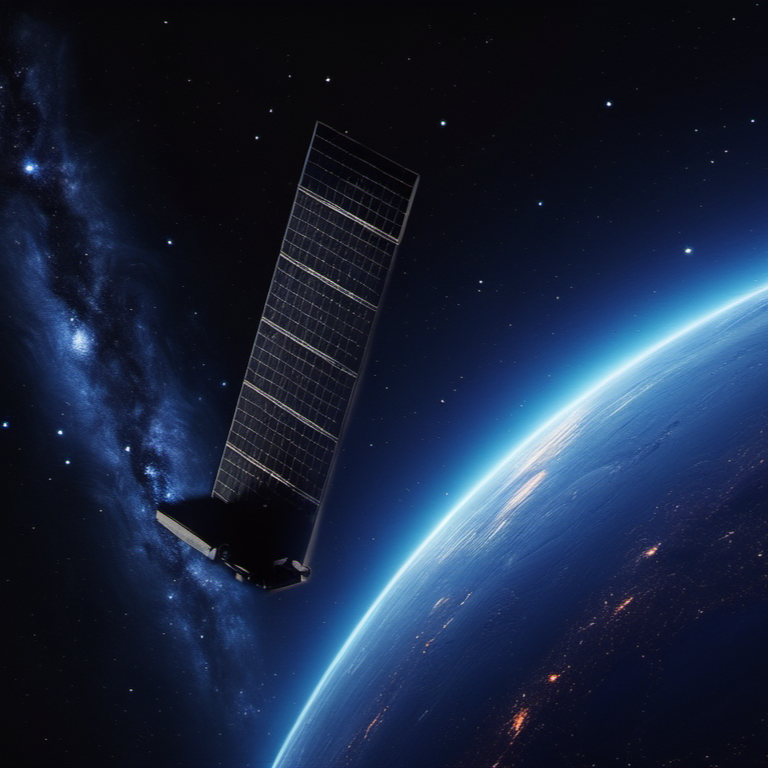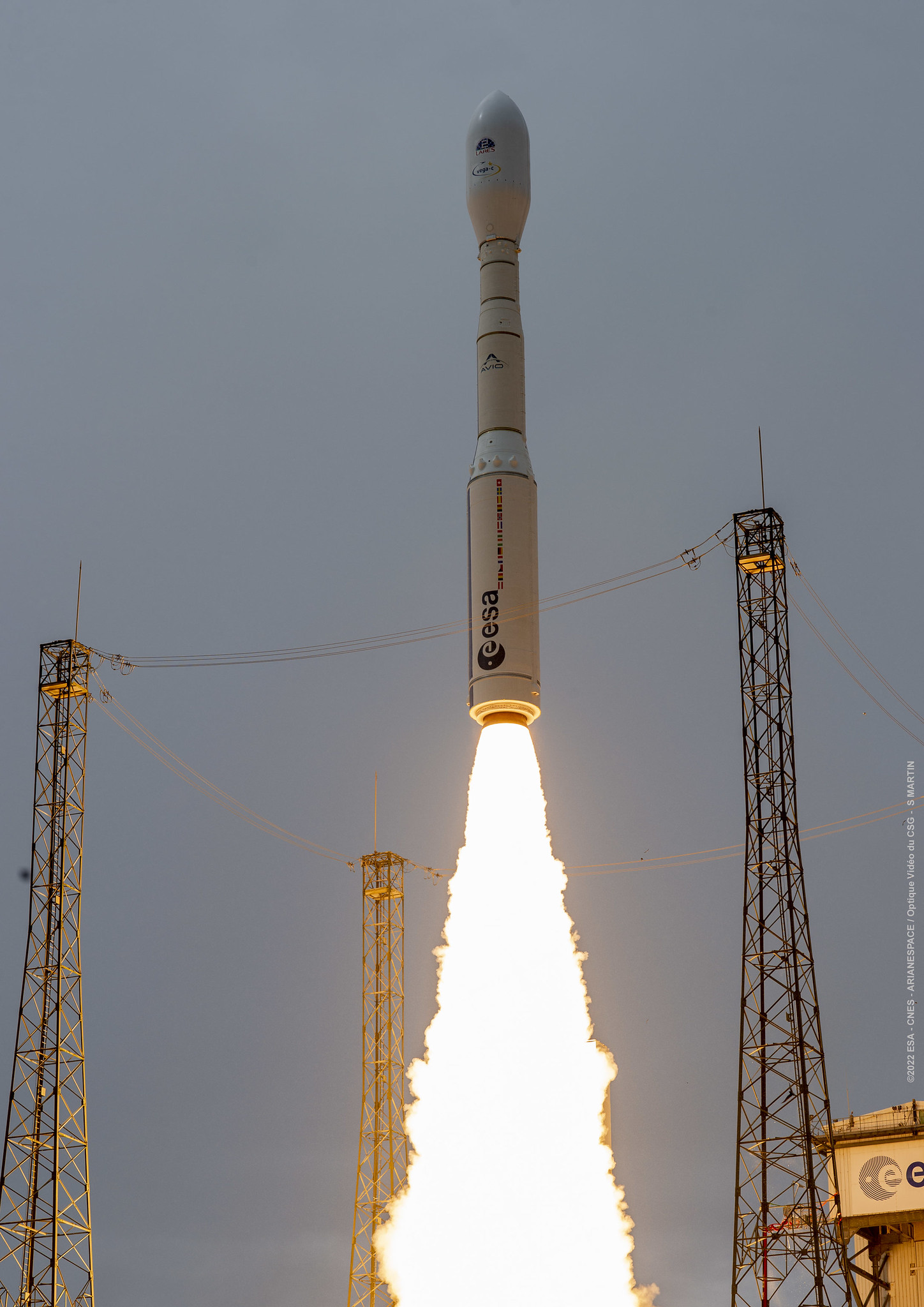· space brief · 6 min read
Space Brief 25 May 2025
Today's brief covers crucial developments in satellite technology and operations, including new Starlink launches, groundbreaking satellite data on flood waves, and pivotal changes in South African telecom policy driven by Starlink.

📄Top Stories
SpaceX has successfully launched another batch of Starlink satellites, continuing its expansion of global internet coverage. Meanwhile, the NASA-French satellite mission has made waves by capturing large-scale river dynamics for the first time. South Africa’s potential telecom policy changes could open doors for Starlink, amidst geopolitical discussions.
📰Detailed Coverage
SpaceX Continues Expansion of Starlink Network
SpaceX has launched another set of 27 Starlink V2 Mini satellites from Vandenberg Space Force Base in California, reinforcing its broadband communications constellation. The Friday launch took place at 3:32 p.m. PDT, with the Falcon 9 rocket’s first stage booster returning safely to Earth minutes later.
This addition bolsters SpaceX’s efforts to provide worldwide internet coverage through its expanding network of low-Earth orbit satellites. For those interested in satellite tracking, these updates are crucial for monitoring changes in constellations and orbital traffic. Explore how our web app can keep you informed about such launches and tracking details.
Read the full story: SpaceDaily
NASA-French Satellite Captures Large-Scale River Waves
In an unprecedented achievement, the NASA-French satellite mission SWOT has documented large-scale river waves in the United States. These waves, ranging from 47 to 166 miles in length, were observed in rivers across Montana, Texas, and Georgia. Utilizing satellite data, researchers could measure both the height and speed of these potentially hazardous flood waves.
The mission’s novel observations offer critical insights into flood dynamics and risks associated with extreme weather events. Such data underscores the valuable contributions of satellite technology in environmental monitoring and disaster management.
Read the full story: TerraDaily
South Africa Adjusts Telecom Policies in Response to Starlink
Facing pressure from SpaceX’s Starlink, South Africa is considering easing black empowerment laws in its telecom sector. This shift is crucial for facilitating Starlink’s market entry, aligning with recent diplomatic talks between South African and U.S. leaders.
These policy changes highlight the global impact of satellite internet services and their implications for national telecom regulations. The outcome could set a precedent for how satellite operators engage with diverse regulatory environments.
Read the full story: AfricaDaily
ATLAS Innovations in Secure Satellite Operations
ATLAS Space Operations has successfully demonstrated its Freedom software platform for secure satellite operations to U.S. military stakeholders, showcasing a scalable model under the Hybrid Space Architecture initiative. This system is designed to enhance the satellite ground operations of the U.S. Air Force by providing robust security measures.
This innovation highlights ongoing efforts to fortify satellite communication systems against evolving threats, emphasizing the crucial role of software in national defense and space infrastructure.
Read the full story: SpaceWar
Breakthrough in Monitoring Space Events
Scientists have observed a galactic collision 11 billion light-years away, an event termed ‘cosmic joust’. This discovery underscores the potential of space observations to unveil dynamic intergalactic interactions.
While interstellar phenomena like this do not directly impact Earth-orbiting satellite operations, they inspire technology enhancements that enrich celestial monitoring methods.
Read the full story: Space.com
🛰️Satellite Spotlight
- Satellite Name: FLOCK 4S-44
- NORAD ID: 47686
- Launch Date: January 24, 2021
- Mission: Designed primarily for technology demonstration and earth observation.
- Orbit: Low Earth Orbit (LEO)
- Operator: Planet Labs
- Fun Fact: FLOCK 4S-44 is part of Planet’s impressive fleet of satellites known as Doves, which are designed to capture high-resolution images of the Earth daily.
Track this satellite in real-time on our web app: Track FLOCK 4S-44
🌌Space Weather
Current space weather shows Radio blackout conditions (R1).
R1 - S0 - G0
Next 24 Hours: No risk of radio blackouts is expected, allowing satellite operators and communication users to maintain normal operations without concern for disruptions. Ground-based radars and telescopes will function optimally during this period, providing clear observational opportunities. Additionally, there are no risks reported for solar radiation storms, which is positive news for those relying on satellite technologies. Drag impacts to Low Earth Orbit (LEO) satellites will also remain manageable, as no significant geomagnetic activity is anticipated.
Beyond: The forecast for solar and geomagnetic activity from 19 May to 14 June 2025 indicates a general low level of solar activity, although the potential for R1-R2 (Minor-Moderate) radio blackouts exists. Thankfully, no proton events are expected at geosynchronous orbit, which is a relief for satellite operators. However, the greater than 2 MeV electron flux at geosynchronous orbit is likely to increase to high levels during specific periods (19-23 May, 29 May - 05 Jun, and 14 Jun) due to recurrent coronal hole activity.
Geomagnetic conditions may experience elevated levels primarily due to these recurrent coronal hole features. G2 (moderate) conditions are likely on 29 May and 13 Jun, while G1 (minor) conditions are expected on the 19 May, 28 May, and 14 Jun. Active conditions will likely occur from 30 May - 01 Jun and on 10 Jun, with unsettled periods expected intermittently. For those operating satellites, while active and unsettled conditions may introduce some challenges, quiet conditions are projected for the last few days of this outlook period, offering a window for stable operations.
🚀Upcoming Space Launches
May 27
-
SpaceX Falcon 9:
- Starlink Group 17-1 from Vandenberg Space Force Base, CA, USA (16:14 UTC) A batch of 24 satellites for the Starlink mega-constellation - SpaceX’s project for a space-based Internet communication system.
-
SpaceX Starship:
- Flight 9 from SpaceX Starbase, TX, USA (23:30 UTC) 9th test flight of the two-stage Starship launch vehicle.
May 28
-
Rocket Lab Electron:
- Full Stream Ahead (BlackSky Gen-3 2) from Rocket Lab Launch Complex 1, Mahia Peninsula, New Zealand (01:30 UTC) 2nd of the BlackSky Gen-3 high-resolution Earth-imaging satellites.
-
SpaceX Falcon 9:
- Starlink Group 10-32 from Kennedy Space Center, FL, USA (13:30 UTC) A batch of satellites for the Starlink mega-constellation - SpaceX’s project for a space-based Internet communication system.
-
China Aerospace Science and Technology Corporation Long March 3B/E:
- Tianwen-2 from Xichang Satellite Launch Center, People’s Republic of China (17:22 UTC) Tianwen-2 is a planned Chinese asteroid sample return and comet orbiter mission. The spacecraft will visit the Near Earth asteroid 469219 Kamoʻoalewa (2016 HO3), collecting samples from its surface and later visiting the main-belt comet 311P/PANSTARRS in the mid-2030s.
May 29
- China Aerospace Science and Technology Corporation Long March 2D:
- Unknown Payload from Jiuquan Satellite Launch Center, People’s Republic of China (04:03 UTC)
May 30
-
SpaceX Falcon 9:
- GPS III SV08 from Cape Canaveral SFS, FL, USA (17:23 UTC) Eighth of ten GPS III missions.
-
SpaceX Falcon 9:
- Starlink Group 11-18 from Vandenberg Space Force Base, CA, USA (20:24 UTC) A batch of satellites for the Starlink mega-constellation - SpaceX’s project for a space-based Internet communication system.
May 31
- Northrop Grumman Minotaur IV:
- EWS OD-1 from Vandenberg Space Force Base, CA, USA (00:00 UTC) The Electro-Optical/Infrared Weather System (EWS) Operational Demonstration-1 (OD-1) is a weather satellite for the United States Space Force. It is a prototype satellite that will be placed in LEO for a three-year demonstration mission of new EO/IR sensor technologies to various US military branches.
Note: Launch dates and times are subject to change due to technical or weather considerations.

Maurice Stellarski





